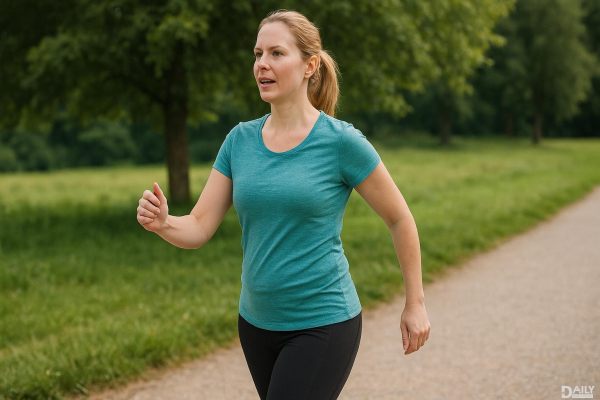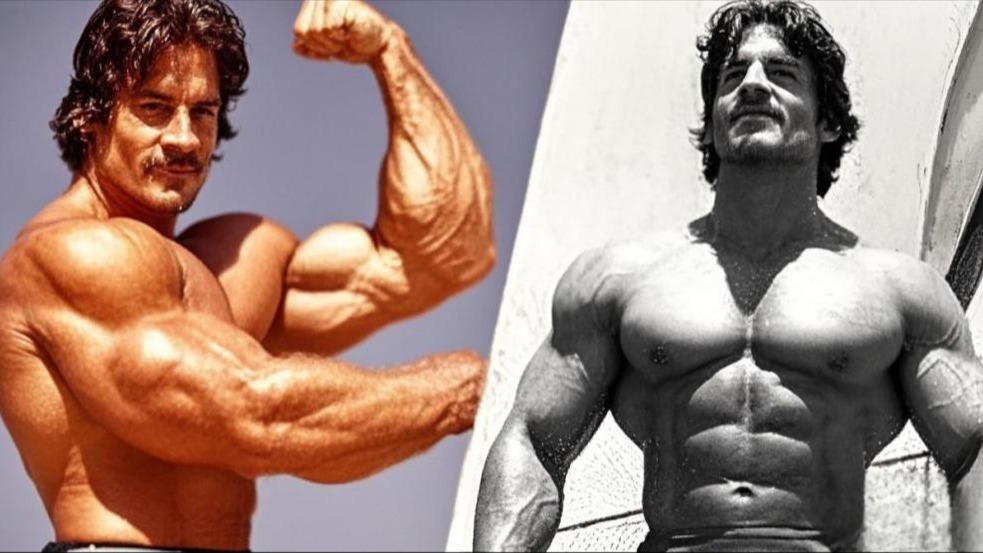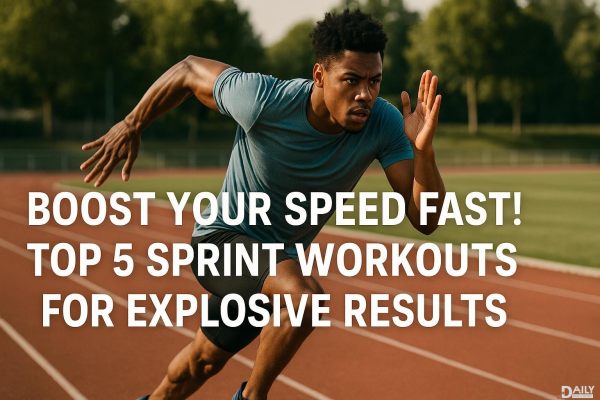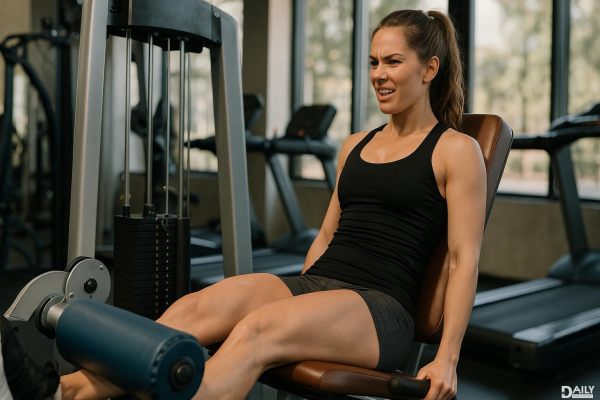Can a lifting belt really boost your workout? Absolutely—but it’s not some magic fitness hack. Think of it more like a trusty sidekick that helps you lift heavier and safer, especially when you're going for those big compound moves like deadlifts or squats. It’s all about intra-abdominal pressure—fancy term, but basically, the belt gives your core something to push against, stabilizing your spine and reducing the risk of injury. That said, slapping on a belt won’t automatically turn you into a powerlifting champ. You still gotta put in the work.
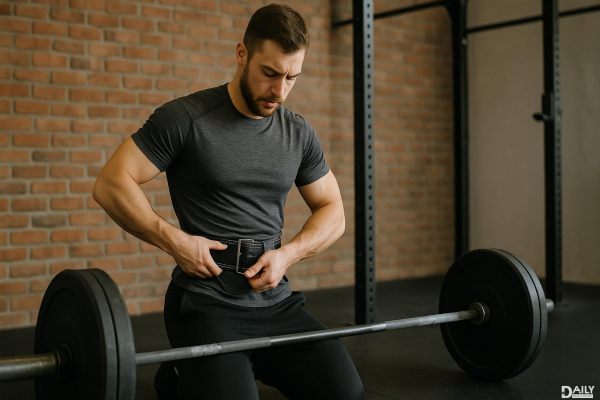
Let’s break it down without the science jargon overload. When you brace your core (like you’re about to take a punch), your abs and lower back muscles create tension to protect your spine. A lifting belt amps this up by giving those muscles something to press into, increasing that internal pressure. It’s like tightening a corset around your midsection—except way less Victorian and way more functional. Studies show belts can boost stability by up to 40% during heavy lifts, which is why powerlifters swear by them. But here’s the kicker: if you’re just curling dumbbells or doing cardio, a belt is about as useful as a screen door on a submarine.
Timing is everything. Throw on a belt for max-effort lifts—think 85% or more of your one-rep max—or during high-rep sets where fatigue creeps in. But relying on it for every single workout? Big mistake. Your core needs to learn how to stabilize itself without crutches, or you’ll end up with the strength of a soggy noodle when you’re beltless. Beginners should hold off until they’ve nailed proper bracing techniques first. And if you’ve got a history of hernias or blood pressure issues, check with a doc before strapping in.
Not all belts are created equal. Leather belts (the thick, unforgiving kind powerlifters use) offer rigid support but feel like you’re wearing a medieval torture device at first. Nylon belts are lighter and more flexible, great for CrossFit or Olympic lifts. Velcro belts? Convenient, but they’ll bail on you when the going gets heavy. Pro tip: Width matters too. A 4-inch belt digs into your ribs during squats, while a 3-inch version plays nicer with your anatomy. And please—for the love of gains—avoid those flimsy “weightlifting” belts at big-box stores. They’re about as supportive as a tissue paper.
Wearing a belt too loose is like buckling your seatbelt behind your back—pointless. It should be snug enough to leave a slight imprint when you take it off. Another rookie move? Strapping it around your waist instead of your torso. The belt goes over your abs, not your hips. And don’t even get us started on people who wear it for ego lifts just to look “hardcore.” Newsflash: If you can breathe comfortably while wearing it, you’re doing it wrong. Proper bracing should feel like you’re fighting against the belt, not chilling in a hammock.
Purists argue belts weaken your core over time, but research says otherwise. Elite lifters who use belts strategically actually have stronger cores than those who never wear them. The key is balance—use the belt as a tool, not a crutch. Mix beltless work (like warm-up sets or accessory movements) with belted heavy lifts. Your abs won’t forget how to work, promise. And hey, if Eddie Hall can deadlift 1,100 pounds with a belt and still have a six-pack, it’s safe to say you’re not cheating your way to weakness.
So, does a lifting belt boost your workout? Yep—when used right. It’s not a shortcut, but it’s a legit edge for pushing limits safely. Just remember: A belt supports your lift; it doesn’t replace your effort. Now go forth and lift heavy (with or without the extra armor).
